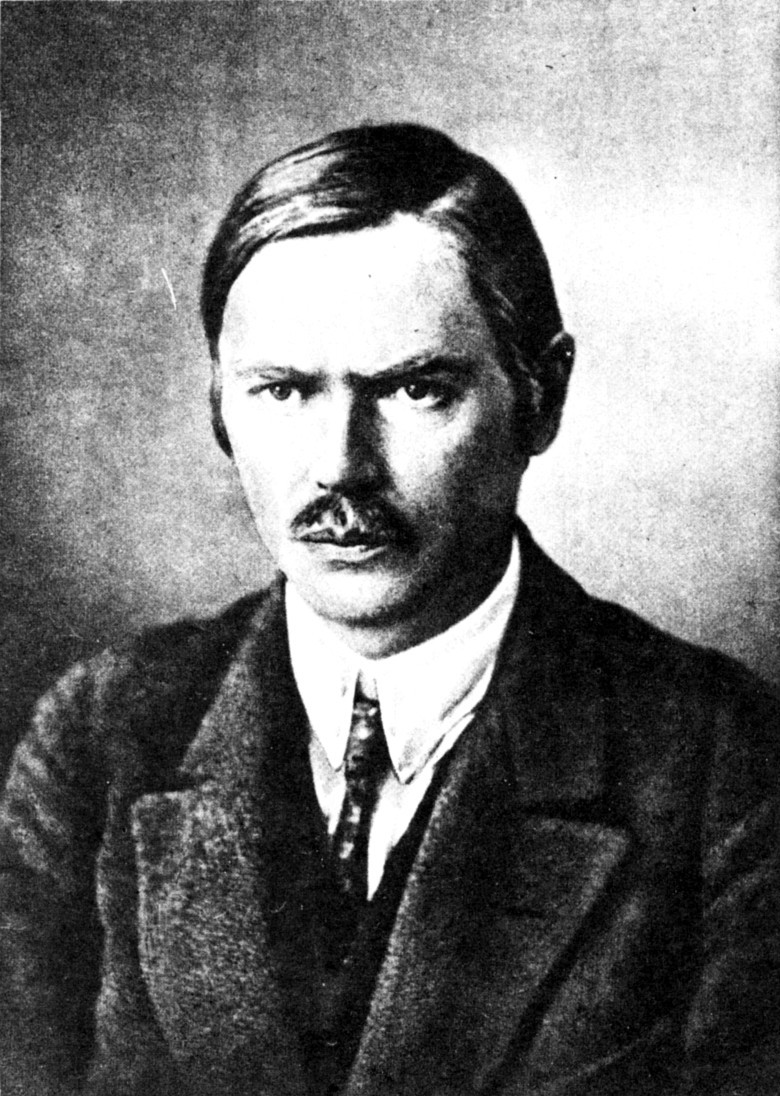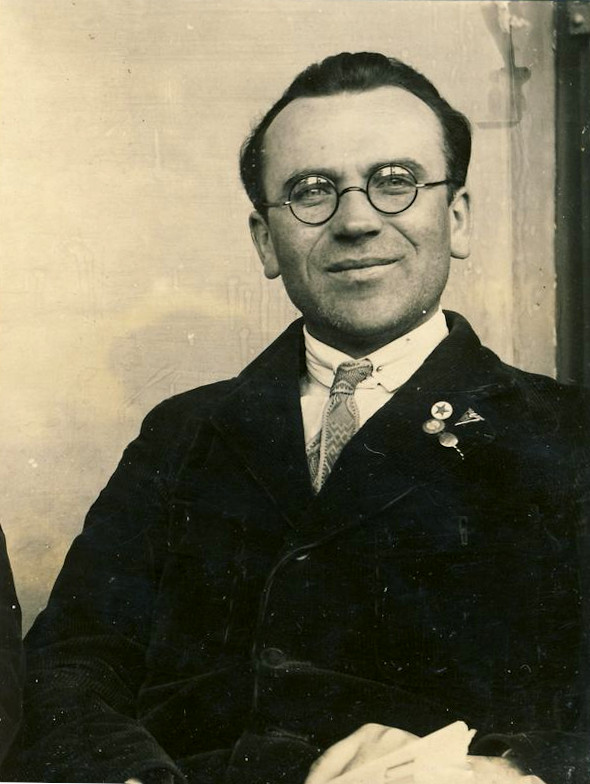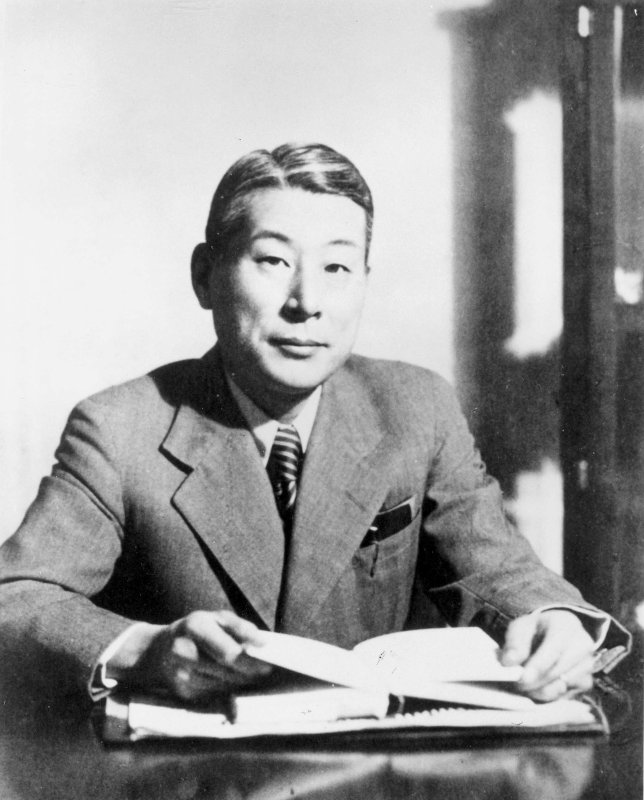People who brought Lithuania and Japan closer
Personalities

THE FIRST JAPANESE IN LITHUANIA
THE FIRST JAPANESE IN LITHUANIA
Samurai Discover Lithuania
Although both Japan and Lithuania had individual states since the Middle Ages, there is no evidence that the Great Duchy of Lithuania and Japan have intercommunicated. Meanwhile, in 1601, under the authority of the Tokugawa Shoguns, Japan became isolated from the world and generally stopped contacting European countries. For a long time, knowledge of the outside world was limited. Dutch merchants were the ones to spread the knowledge about the outside world by illegally bringing the booklets into the country or by individual travelers telling the stories. In 1792, Lithuania was mentioned in one of the stories for the first time.Learn more...

THE FIRST LITHUANIANS IN JAPAN
THE FIRST LITHUANIANS IN JAPAN
Lithuanians, Poles, Byelorussians, and Japanese
It is clear who was the first Japanese to visit the territory of Lithuania. However, it's not that easy to say who were the first Lithuanians to visit Japan. The difficulty arises not because there's no data but because it's complicated to define a Lithuanian during this period. Until the establishment of the Lithuanian Republic in 1918, Lithuanian identity was not based on language. For centuries, the residents of the Grand Duchy of Lithuania (GDL), Belarus, and part of Poland and Russia called themselves Lithuanians. Only later, amid the 20th century, the distinction between identities emerged, and the mentioned inhabitants had to choose between modern identities. Some of them became Poles and Belarusians. History determined that the first Lithuanians, who were building relations with Japan during the 19th, did not speak Lithuanian. However, they felt Lithuanians and had roots in the country. This topic is dedicated to them.Learn more...

STEPONAS KAIRYS
STEPONAS KAIRYS
Japan – an Example to the Independence of Lithuania
The Russo-Japanese War (1904-05) had a significant impact on the early history of relations between Lithuanian and Japanese people. The fact that a small and weak at the first glance Asian country defeated the mighty Russian Empire caught the attention of the whole world, and this fact had a deep meaning for the Lithuanian people. First of all, Lithuanian soldiers participated directly in military actions. Secondly, this war showed occupied Lithuanian people that even a small country can defeat a large empire if it is well organized and united. This idea inspired one Lithuanian man named Steponas Kairys and immediately after the war he published books about Japan in 1906. These books were the first ones about Japan written in the Lithuanian language.Learn more...

MATAS ŠALČIUS
MATAS ŠALČIUS
Traveler, who Introduced Japan to Interwar Lithuania
Matas Šalčius was one of the most colorful personalities in the interwar period of Lithuania. A teacher, journalist, translator, active founder of public organizations, creator, and supporter of the young Republic of Lithuania. However, M. Šalčius is famous for his passion for traveling. He visited distant lands and spent 12 years of his short life abroad, including East Asian countries. He visited Japan even three times.Impressions of the journeys were recorded in his diary, letters, newspaper articles, and travel books, which were very popular at that time.
Learn more...

CHIUNE SUGIHARA
CHIUNE SUGIHARA
The story of Visas for Life that saved thousands
Of all the stories related to Lithuania and Japan, the history of Chiune Sugihara is most notable and acknowledged. The Japanese consul lived in Kaunas with his family from 1939 to 1940. At the time, Kaunas was the temporary capital of the Republic of Lithuania. After the outbreak of World War II in September 1939 and the occupation of Poland by Nazi Germany, many persecuted Jewish refugees fled to Lithuania. As the war moved further east, the Jews were desperate to migrate from Lithuania, which provided a temporary asylum. Although Ch. Sugihara did not receive explicit permission from his government, he issued more than 2,000 Visas for Life in July-August 1940. This way, he saved thousands of people who eventually found their new homelands in the USA, Israel, Canada, Australia, South Africa, and elsewhere.Learn more...
